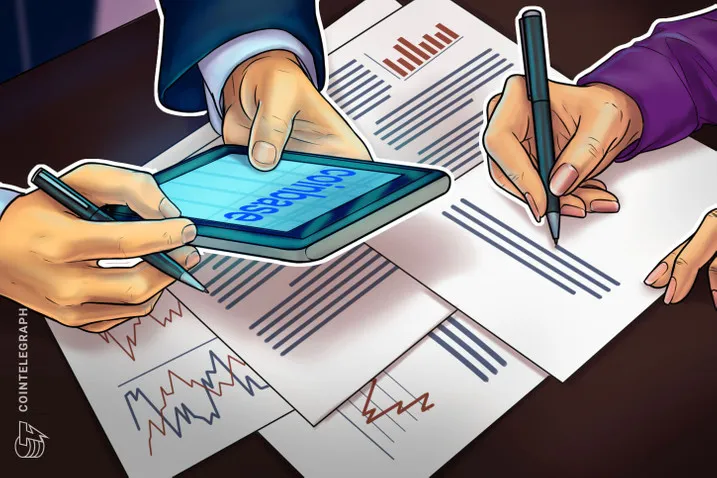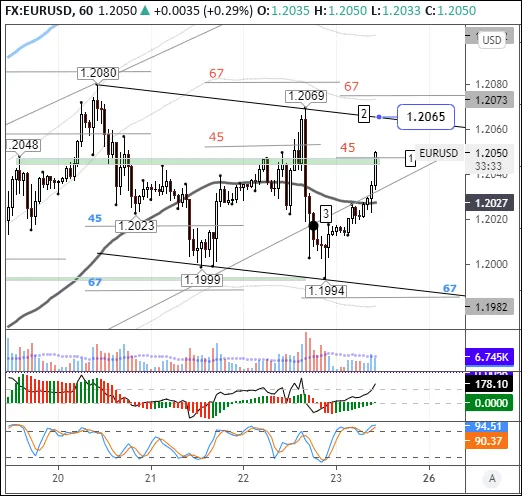
On Thursday, April 22, at the end of the day, the euro fell by 0.16% to 1.2014. The ECB left the policy unchanged and announced the continuation of incentives to combat the economic fallout from the pandemic. During Lagarde's performance, the euro fell to 1.1994. Something traders did not like in the speech of the head of the ECB, or the euro fell after other currencies against the background of the strengthening of the US dollar.
The COVID-19 pandemic continues to put pressure on the foreign exchange market. India on Thursday reported the world's highest daily daily growth rate of 314,835 new coronavirus cases. Japan may announce a third wave of lockdowns.
The Japanese Olympics are under threat. The chairman of the organizing committee of the Tokyo Olympic Games said that if the coronavirus is not defeated by the summer of 2021, the competition will have to be canceled.
Scheduled statistics (GMT +3):
- From 10:15 to 11:30, there will be indexes of business activity in the manufacturing sector and the service sector for April in France, Germany, the eurozone, Britain.
- 16:45 the US is to publish an index of business activity in the manufacturing and services sectors for April.
- 17:00 the United States will announce a change in sales of new buildings for March.
- 20:00 Baker Hughes will present data on the number of active oil rigs.

Current situation:
- The price has recovered to the 45th degree (1.2048).
- Resistance passes through 1.2065 - the upper border of the descending channel built on the values of 1.2080, 1.2069 and 1.999.
- False breakout of the trend line, which served as support yesterday.
EUR/USD recovered to 1.2050 (+56 p.) From 1.1994. Major currencies are trading in positive territory against the US dollar. The yield on 10-year US bonds is in the range of 1.53% -1.59% and is 1.557%. If the yield on bonds falls, the euro will strengthen its position against the dollar. All crosses, except EUR/AUD on the buyer's side.
From the news for today it is worth highlighting the business activity indices in the manufacturing and service sectors of France, Germany, the eurozone, Britain and the United States. The risk for currencies is now one, the rapid rates of Covid-19 infection in India and Japan. Europe is expected to lift restrictions, so if it also fails to cope with the coronavirus, then the lockdowns will have to be extended until mid-May, which will hurt the euro.
Summary: The risks of introducing lockdowns in India and Japan, as well as their prolongation in Europe, remain on the foreign exchange market. The euro is strengthening amid growing demand for risky assets, as the yield on 10-year bonds has stabilized at 1.556%, maintaining a downward trend with a target of 1.48% per annum.
At the hourly timeframe, a false breakdown of the trend line (3) was recorded, so buyers had the opportunity, with the support of crosses, to return the rate to the level of 1.2065 (2). The growth of quotations above 1.2069 will attract new buyers to the market and the target for the future rally will be the level of 1.2100.